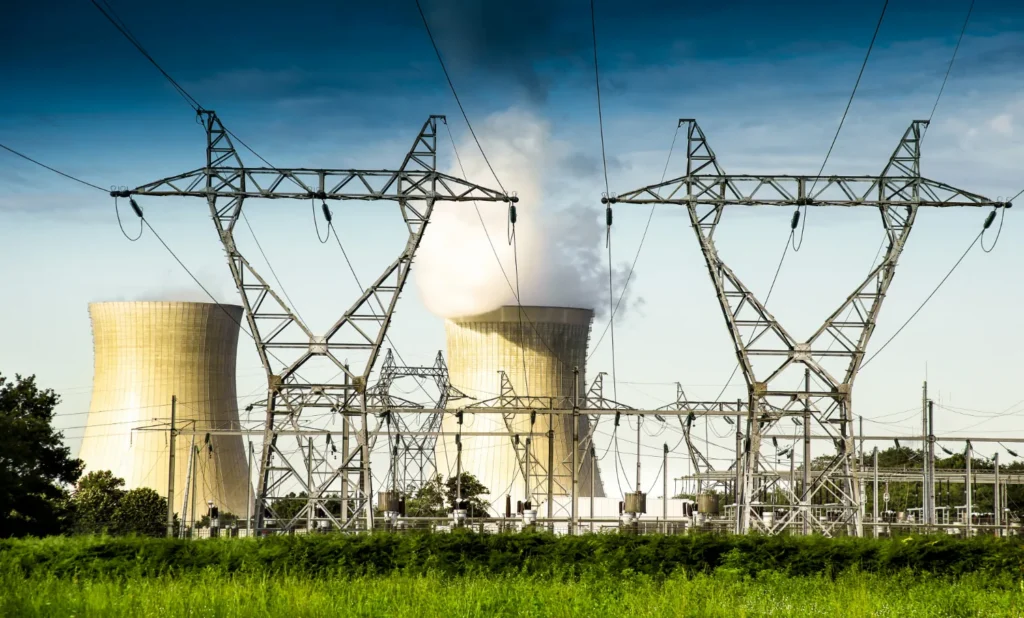Of all the new emerging energy technologies being developed, electricity storage stands to make the most immediate impact on the energy market.
Britain has some of the best natural resources for renewable energy. So the benefits of storing large amounts of it when the wind is blowing or when the sun is shining, and then releasing it at times of peak demand, are huge.
Storage technology has improved in recent years, and the cost of some technologies is expected to continue to fall. Ofgem has encouraged distribution network operators to trial the use of storage schemes. Some of these have looked at how using batteries can help networks ease supply and demand spikes during peak times, and how they can use storage instead of reinforcing the network as they did in the past.
“BEIS estimated that double charging could have added almost 20% to electricity costs for storage operators in 2014 and it is exploring options to address this.”
But storage isn’t just something that electricity companies are interested in. Customers could benefit too. Some of the trials we have supported have offered households cheaper electricity at peak times if they use stored electricity. Many other trials are ongoing such as Nissan’s scheme where owners of its Leaf electric vehicles could sell spare electricity back to the grid. Things like this help households get more out of new technologies and the flexible energy system.
Storage, alongside other forms of flexibility such as demand-side response and interconnectors, will play an important role in helping networks manage supply and demand. Ofgem and the Department for Business, Energy, and Industrial Strategy (BEIS) have been working together on delivering a smarter, more flexible energy system. In our joint call for evidence we ask a number of questions about storage and other issues.
We want to see competition thriving in provision of flexibility services. So we don’t think network companies need to own or operate storage as it might stifle development of competition in the market. Instead they should buy storage output from the market when they need it. A number of other European regulators also share this view.
In recent months, over 19 GW of applications have been made to connect storage. Not all of these projects will be built but this shows there is strong interest, so network companies must clarify and improve the connection process. Our call for evidence also discusses how storage fits into the current legislative and regulatory framework, and asks for views on the issues and how to resolve them.
A key issue affecting storage is how it is designated in legislation and regulation. This influences things such as planning, licensing and the charges storage pays for using the networks. We want to assess fully how arrangements may need to change to create a level playing field for storage and other sources of flexibility.
“A lot of what we are proposing involves DNOs doing more to help storage developers through the connections process.”
Storage isn’t a defined activity in the Electricity Act, so currently it is considered as ‘generation’ for licensing purposes. Options we are considering include amending the generation licence so that it includes storage. Alternatively, storage could be defined in legislation as an activity in its own right.
Current network charging rules were not designed with storage in mind. In the call for evidence we highlight the issues that this causes. For example, storage tends to be treated as non-intermittent generation because its power output is largely controllable. But this isn’t written into charging rules, so some network operators could take different approaches to charging. We want to see a consistent approach to charging for storage across GB. Immediate progress on issues like this is needed so we will talk to industry parties to make sure this happens. We also think it is important that the contribution made by storage to network cost recovery and the impact of network charges on the competiveness of storage is considered in detail, and this is something we are seeking views on.
Another issue which needs to be addressed is how levies for environmental programmes such as Feed inTariffs and the Renewables Obligation are charged to storage. The costs of running these schemes are paid by end consumers when they buy energy from their supplier. When storage purchases energy from a supplier it pays these levies even though it is not an end consumer. Storage exports the energy (minus losses) and it is used a second time by a final consumer. This consumer also faces these levies. BEIS estimated that such double charging could have added almost 20% to electricity costs for storage operators in 2014 and it is exploring options to address this.
DNOs need to ensure they connect storage in areas where it can relieve constraints and avoid the need to reinforce the grid. This in turn could benefit others in the connection queue. DNOs have made some progress such as producing a standardised connection application form for storage developers. But they must clarify the connections process, such as ‘heat maps’ showing where connecting storage would be of most help to the overall network.
A lot of what we are proposing involves DNOs doing more to help storage developers through the connections process and considering the appropriate level of network charges. But we also want to hear from industry stakeholders so we can agree the right approach to regulation for storage, and quickly make any necessary changes to achieve it. You can read in more detail this in our call for evidence[CL1] . And please do share your views with either my team, or with BEIS, via or .


